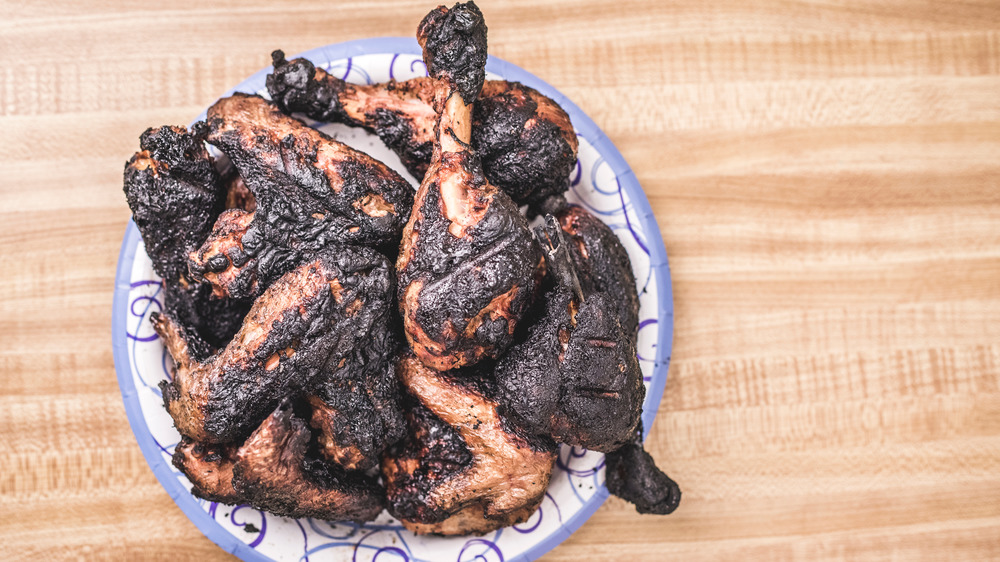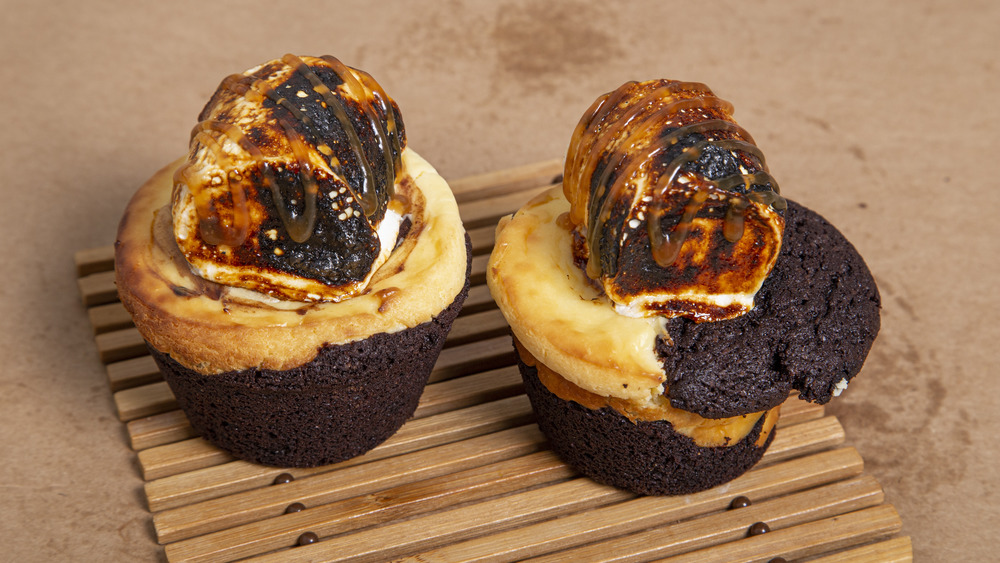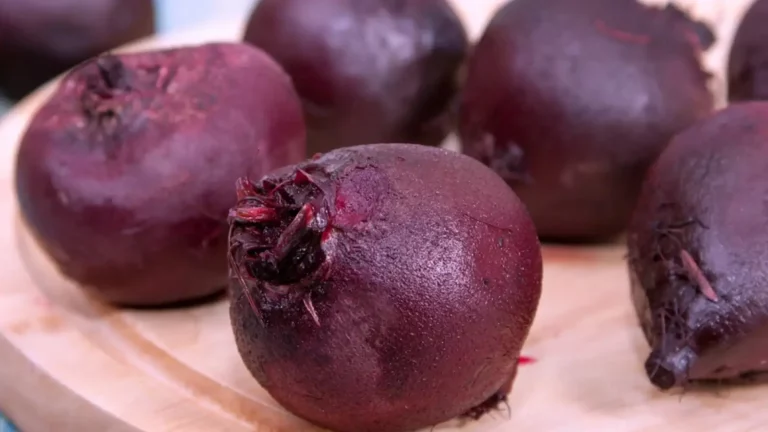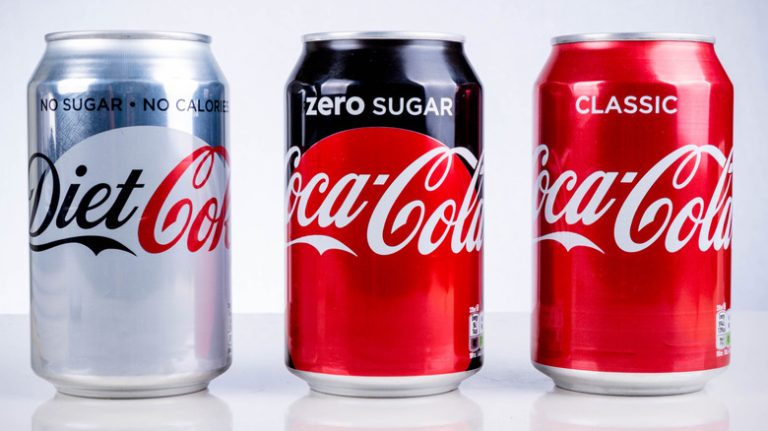
Everyone experiences food cravings occasionally. Whether it’s salty snacks, sugary treats, or a hearty steak, the intense desire for a specific food is familiar to us all. However, some individuals crave a type of food rather than a specific dish. A segment of the population yearns for burnt food, such as popcorn, meat, charred vegetables, burnt marshmallows, and more. What drives this craving?
According to Shape, food cravings can sometimes signal a deficiency in certain nutrients, but they may also be prompted by emotions. A craving for chocolate might stem from a recent breakup, yet it could also suggest a magnesium deficiency. Cravings for salty foods might indicate an electrolyte imbalance, while a desire for meat could be linked to low levels of iron, zinc, or vitamin B12.
When it comes to burnt food, there’s a different factor involved: the Maillard reaction, as explained by Epicurious. When food is cooked, complex chemical reactions occur, affecting amino acids and sugars. Burning or charring food pushes these reactions to their limits, creating rich layers of flavor that particularly appeal to certain taste buds.
Is it safe to eat burnt food?

Dr. Paul Breslin, from the Monell Center, an institute dedicated to the study of tastes and smells, shared with Epicurious, “I do think that Maillards stop at a certain point in the burning process, and you get into a different kind of chemistry. We find the caramelization of sugar, slightly burnt sugar, very attractive but if you burn the sugar into blackened cinders, we don’t like it. The chemistries of this are not at all simple.”
Consuming burnt foods, especially starches, comes with some warnings. According to Quartz, burning items like toast can increase exposure to acrylamide, a chemical considered carcinogenic. Foods that have higher acrylamide levels when burnt include french fries, bread, and potato chips.
However, studies indicate that one would need to consume extremely large quantities of these foods for acrylamide levels to become a significant concern, according to Harvard Health Publishing. Therefore, enjoying these foods in moderation, as with all things, should be perfectly fine for those who crave a bit of crispy char.




